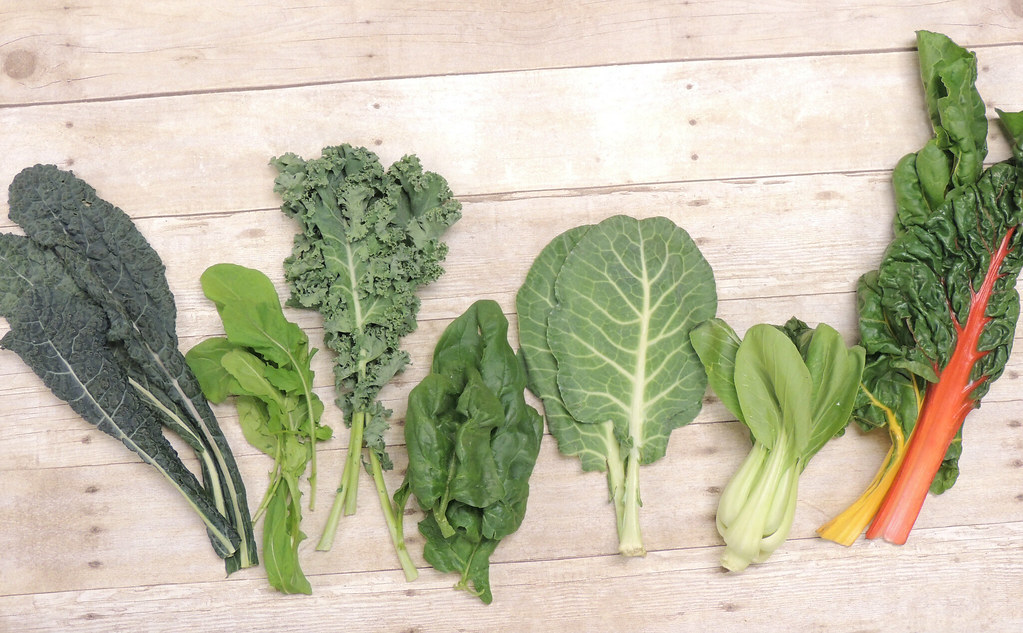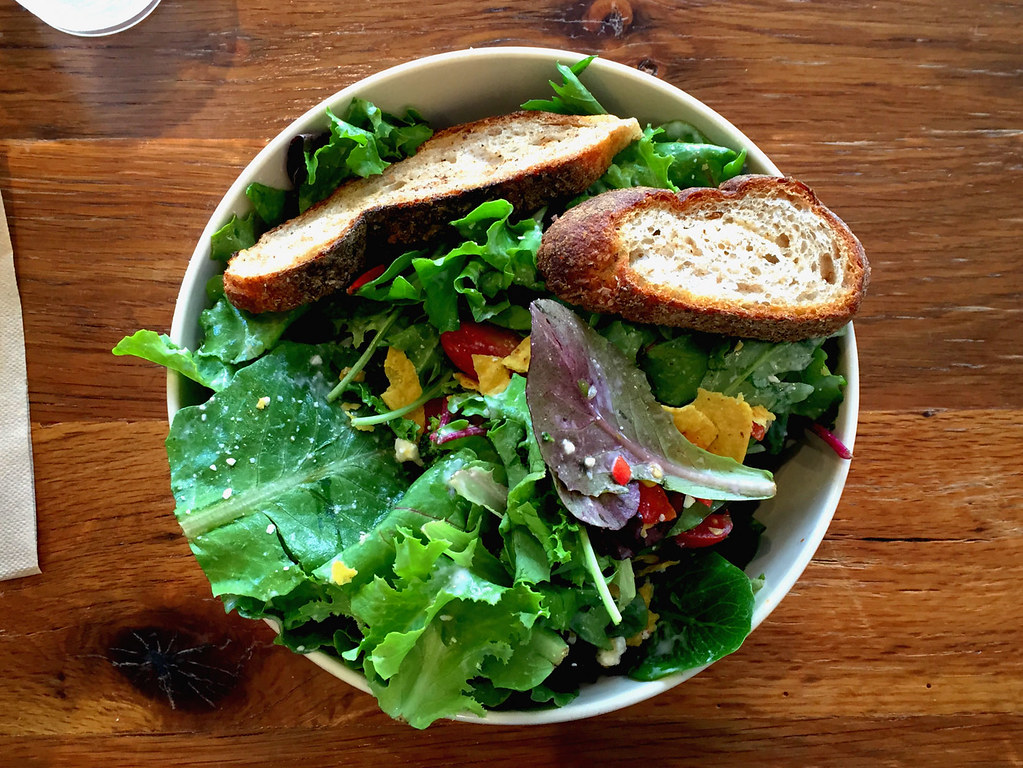The Power of Greens
go.ncsu.edu/readext?763587
en Español / em Português
El inglés es el idioma de control de esta página. En la medida en que haya algún conflicto entre la traducción al inglés y la traducción, el inglés prevalece.
Al hacer clic en el enlace de traducción se activa un servicio de traducción gratuito para convertir la página al español. Al igual que con cualquier traducción por Internet, la conversión no es sensible al contexto y puede que no traduzca el texto en su significado original. NC State Extension no garantiza la exactitud del texto traducido. Por favor, tenga en cuenta que algunas aplicaciones y/o servicios pueden no funcionar como se espera cuando se traducen.
Português
Inglês é o idioma de controle desta página. Na medida que haja algum conflito entre o texto original em Inglês e a tradução, o Inglês prevalece.
Ao clicar no link de tradução, um serviço gratuito de tradução será ativado para converter a página para o Português. Como em qualquer tradução pela internet, a conversão não é sensivel ao contexto e pode não ocorrer a tradução para o significado orginal. O serviço de Extensão da Carolina do Norte (NC State Extension) não garante a exatidão do texto traduzido. Por favor, observe que algumas funções ou serviços podem não funcionar como esperado após a tradução.
English
English is the controlling language of this page. To the extent there is any conflict between the English text and the translation, English controls.
Clicking on the translation link activates a free translation service to convert the page to Spanish. As with any Internet translation, the conversion is not context-sensitive and may not translate the text to its original meaning. NC State Extension does not guarantee the accuracy of the translated text. Please note that some applications and/or services may not function as expected when translated.
Collapse ▲“Did you eat your greens?” This was the question that my mom would yell out before her visit to the dinner table after tidying up the house. We always had a leafy green on our plates. Whether it was collards or turnip greens, we ate enjoyed one of the most potent class of vegetables in the nutrition world. As a youth, I didn’t know that eating my greens and enjoying them would set me up with habits that would set me up for great health for decades.
Leafy Greens are pretty versatile in the way they can be used. Some have a bitter taste and some are watery and crisp. The main categories that you will usually see are the lettuce family, cabbage family, and the spinach/chard family. The lettuce usually contains non-bitter lettuces, bitter chicories, and bitter endives. Lettuces are  usually tender and grassy, and they are usually eaten raw in a salad or wrap. Head lettuces are shield most of their leaves from sun contact rendering fewer nutrients than loose-leaf lettuce. Lettuces keep pretty well at 32 degrees Fahrenheit than at 40 degrees Fahrenheit, but 40 degrees will keep them for the time that most people will use them. Bitter lettuce greens such as endive or escarole are often paired with a more salty dressing or other ingredients.
usually tender and grassy, and they are usually eaten raw in a salad or wrap. Head lettuces are shield most of their leaves from sun contact rendering fewer nutrients than loose-leaf lettuce. Lettuces keep pretty well at 32 degrees Fahrenheit than at 40 degrees Fahrenheit, but 40 degrees will keep them for the time that most people will use them. Bitter lettuce greens such as endive or escarole are often paired with a more salty dressing or other ingredients.
The cabbage family includes cabbage, kale, collards, cauliflower, mustard, turnip, kohlrabi, arugula, cress, broccoli, and bok choy. The cabbage family greens have a defensive precursor called glucosinolates which can be broken down even further to isothiocyanate which may help protect us from the development of some cancers. Cabbages such as napa cabbage, green cabbage, and red cabbage are excellent for slaws, salads, and sauteeing. In our southern cuisine, we often take collards, mustard, and turnips and boil them down. If we must do this, we may as well make soup too! They are great in soups. kale and broccoli too. Kale makes a great salad green and broccoli florets always add a nice crunch to a salad. If you want a nice sautee or stir-frying green, try bok choy.
Last but not least, spinach and chard. Spinach is a superstar in the leafy green world because it is extremely versatile in the kitchen. It’s been used for salads, wraps, soups, dips, tacos, burritos, soups, and stir fry. Although its volume is reduced significantly when cooked it packs a powerful punch of nutrients such as  folate and vitamin A as well as phenolic antioxidants that reduce cancer-causing damage to our DNA. Chard is the name given to the variety of the beet. Most chards are selected for their big leaves not necessarily for their roots like beets are. These greens can be rich in providing those cancer-fighting antioxidants as well. They have the same texture as spinach and can often be substituted for spinach in recipes.
folate and vitamin A as well as phenolic antioxidants that reduce cancer-causing damage to our DNA. Chard is the name given to the variety of the beet. Most chards are selected for their big leaves not necessarily for their roots like beets are. These greens can be rich in providing those cancer-fighting antioxidants as well. They have the same texture as spinach and can often be substituted for spinach in recipes.
Leafy Greens can often be packed with vitamins and minerals such as vitamin K, manganese, calcium, iron, and vitamin A. Some are rich in fiber and what we call just plain old roughage. They can be incorporated into salads, wraps, soups, dips, tacos, burritos, medlies, stir fry, casseroles, beans, and roast. In fact, this can be a great way to get picky eaters such as children or adults with limited variety in their diet to eat leafy greens. Try some of the recipes from our Med Instead of Meds curriculum if you want something fresh and tasty. medinsteadof meds.com.




